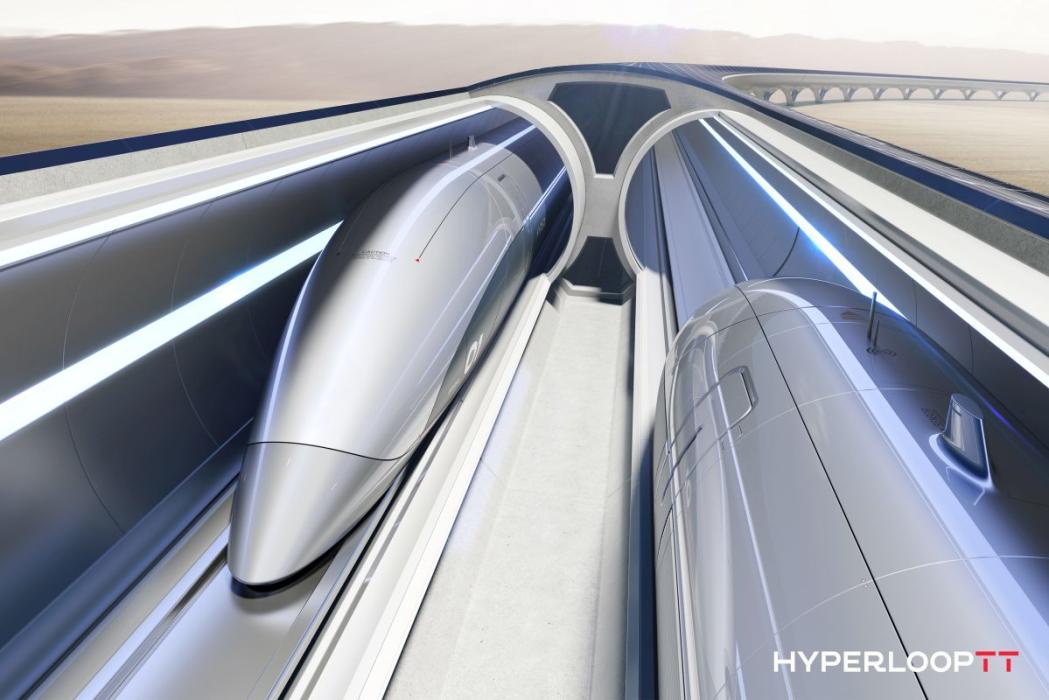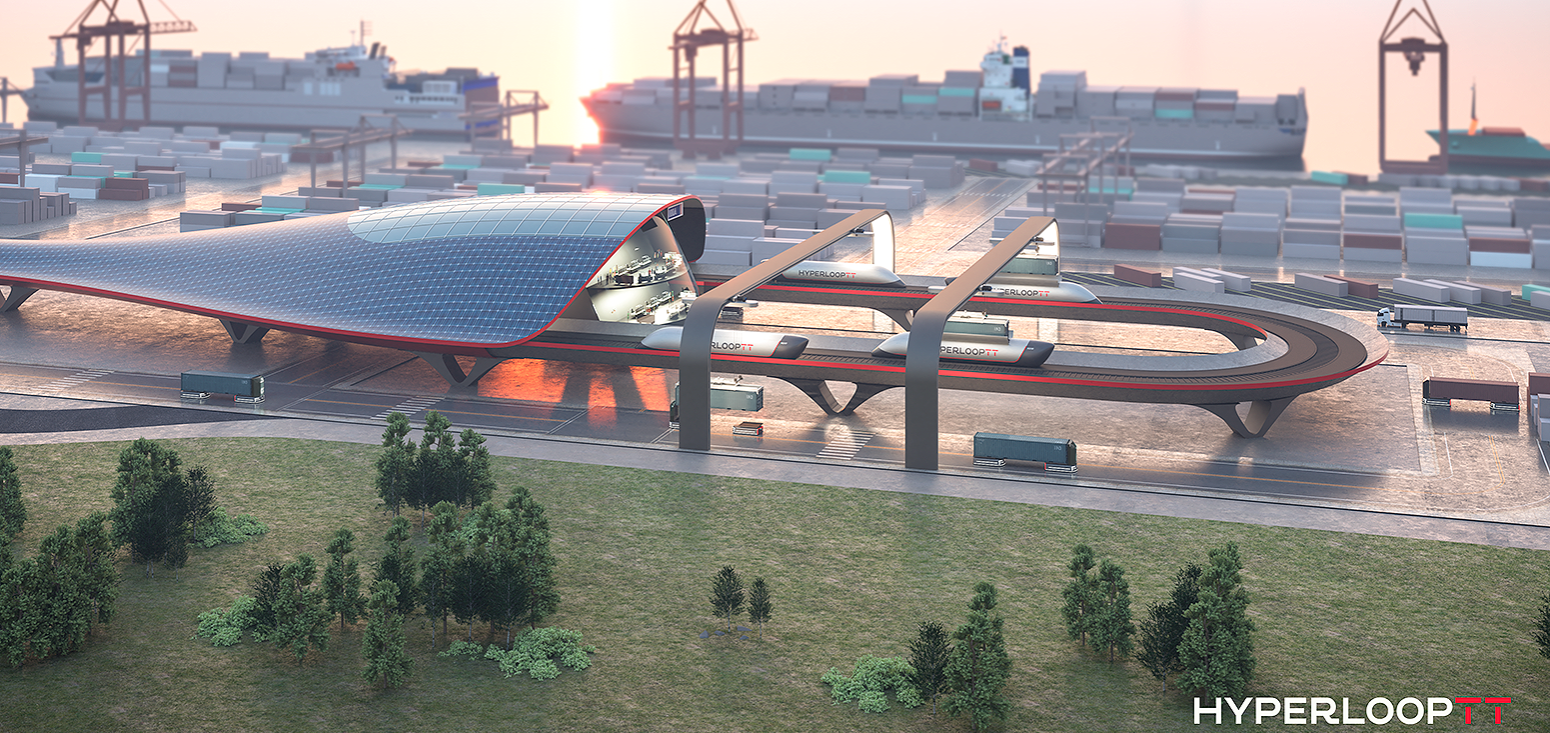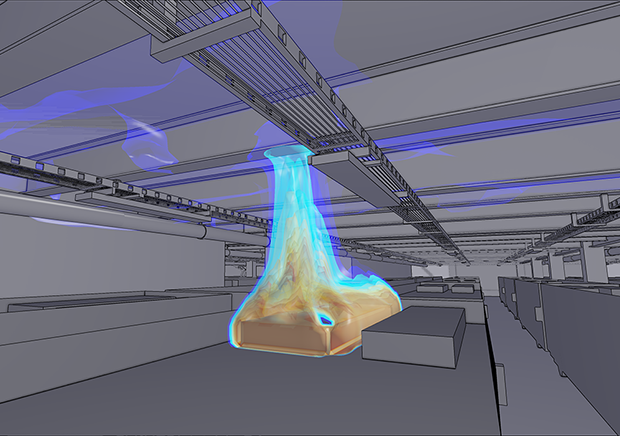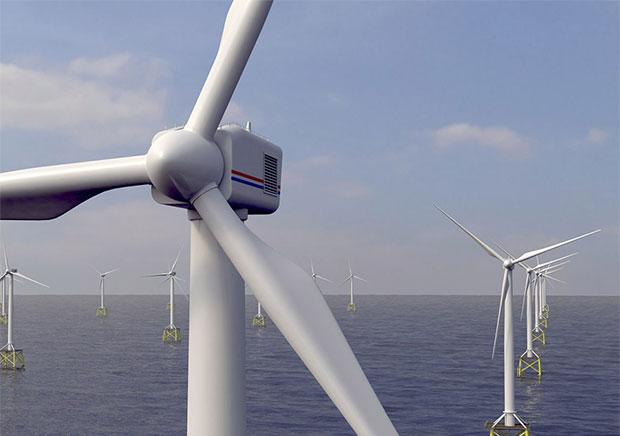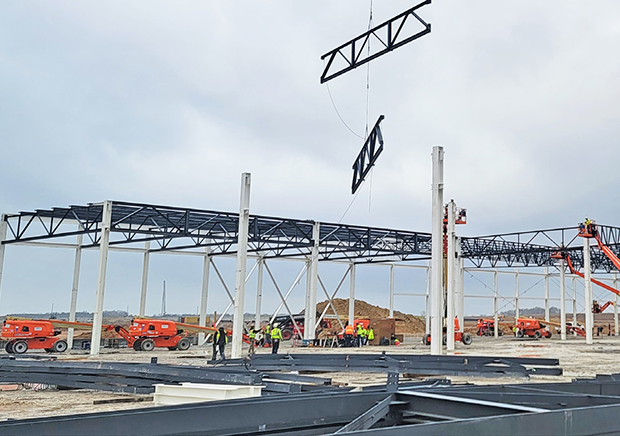Decarbonizing Transport
To improve efficiency and cut greenhouse-gas emissions, we’re facilitating wide-ranging transitions in transportation – from fossil fuels to electricity and hydrogen, and from heavy to lightweight materials.
Overview
Nearly one-third of all human-caused CO2 emissions are generated by transportation, and the majority of those are due to the low efficiency of internal-combustion engine vehicles. Two of the most effective ways to decarbonize the transportation industry are electrification (switching from fossil fuels to electricity to power vehicles) and lightweighting (designing vehicle components with lighter materials to improve fuel efficiency).
We’re at the forefront of these transitions, with a wide range of projects, including the development of an all-electric hyperloop transportation system (HyperloopTT), mitigating the effects of electric vehicle (EV) battery failures, addressing hydrogen safety for road, rail and air transport, and providing mobility planning services that make transportation systems more equitable and resilient.
Here's How
Motor Vehicles
Vehicle electrification requires significant expansion of battery and hydrogen fuel-cell technologies. But short-circuiting in batteries can produce flammable toxic gases that can lead to fires and explosions. Hydrogen fuel carries similar risks. We leverage our deep understanding of the underlying causes of these phenomena, along with our expertise in gas dispersion, combustion chemistry, deflagration and fire dynamics, to analyze load effects on structural systems and human life and to develop safe solutions.
Vehicle manufacturers are turning to aluminum and high-strength steel to develop lightweight automotive frames. Our expertise in material characterization, modeling and simulation allows us to support material suppliers and manufacturers by developing new testing protocols and material models to facilitate the design of lightweight crashworthy frames.
Rail Transport
The rail transportation sector is also expanding its use of clean-energy technologies like hydrogen and batteries. And we’re helping enable this transition safely by performing such activities as numerical and experimental characterization of the harsh operational environment of rail vehicles, which may contribute to gas releases or battery thermal runaway. We’re also investigating derailment scenarios with a focus on crashworthiness, tank cars puncture, release of hazardous materials, fire dynamics and explosive environments.
Alternative Modes of Transportation
Hyperloop, a battery-powered capsule suspended inside a low-pressure tube, can transport passengers at speeds of up to 760 miles per hour. As an investor and an engineering partner on the project, we’re supporting the development of this new technology and addressing its unique technical challenges. In collaboration with Hyperloop Transportation Technologies, we recently concluded a two-and-a-half-year study of its operational safety and security. Our report included analysis of external threats, such as terrorist attacks, and prescribed risk-mitigation measures that can be implemented across the system to enhance safety and performance.
Our transportation systems expertise includes:
- Battery safety and thermal runaway effects
- Crashworthiness and extreme loading conditions
- Explosion and fire modeling and protection
- Hydrogen storage and safety
- Lightweighting of road and rail vehicles
- Material characterization and optimal selection


